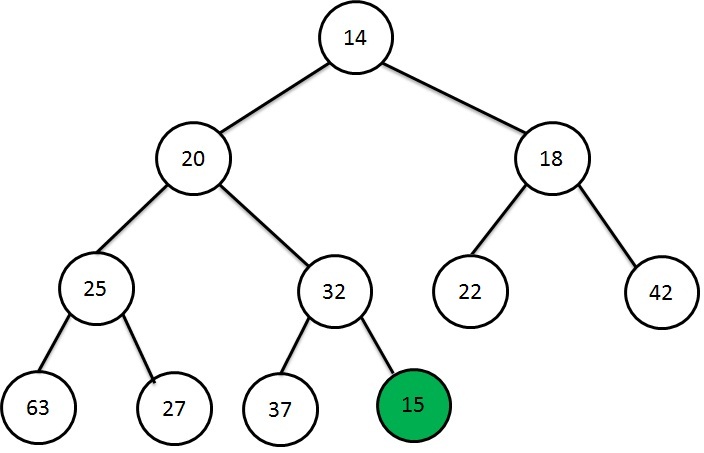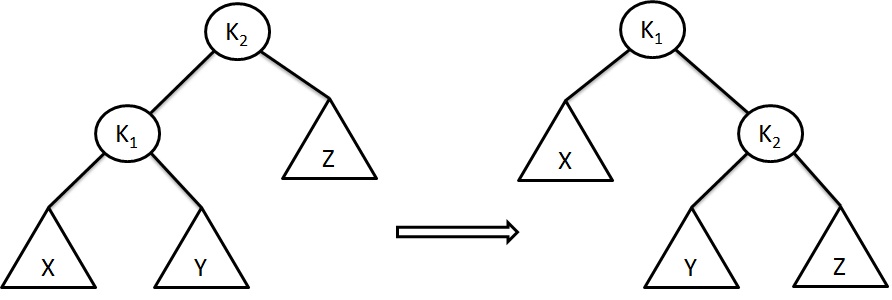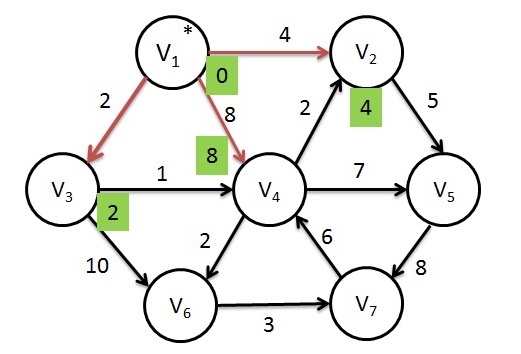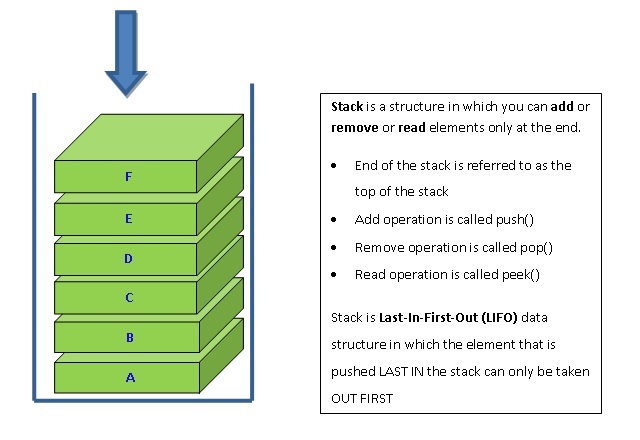All about Operating System - Kernel, Scheduling and More
What is an Operating System?
An Operating system is the heart of computers, mobiles and other computing devices. It helps operate the hardware and software. The operating system is the software that manages hardware and software of the computer system. It provides services that other programs can access and use. It is one program that runs all the time on the computer system (kernel) as soon as it is switched on. It act as an interface between hardware and software. It provides an environment for the user in which they execute their programs in a convenient and efficient manner. In other words, it helps the user to interact with the computer hardware, network and other devices.
Where are Operating Systems used?
- Over the past few decades, a number of operating systems have come up and have been used in a variety of devices, tools, equipments and use cases.
- Operating Systems were first designed for mainframes, followed by microcomputers or the present day desktops and laptops.
- Realtime Operation systems have also been used in embedded systems, robotics and systems in which computing power is required.
- Operating systems have evolved to provide more features in Smartphones and Tablets.
What does an Operating System do?
- Boots up the computer system.
- Provides an environment in which the user can execute the program efficiently.
- Controls and allocates the resources such as sharing of memory and CPU.
- Provides user interface.
- Handles the errors and takes appropriate actions.
What are the Deskop Operating System Functions?
Primary Functions
- Process Management
- File system management on hard disks, CD / DVD drives, USB storage devices, external hard drives
- I/O management - Keyboard, Mouse, Joystick
- Network management - Wireless network, Bluetooth, USB and other network options
- Memory allocation and management - RAM
- User management
- Security - Authentication, User Roles
Secondary Functions
Other than the primary functions, the secondary functions of an operating system keeps growing. Some of the secondary functions have been so necessary for users that classification of primary or secondary varies according to user need. Some of these are:
- Ability to install and uninstall third party software
- voice recognition to carry user commands
- Ability to play sounds and hence music and videos
- Ability to play games
- Ability to choose themes














